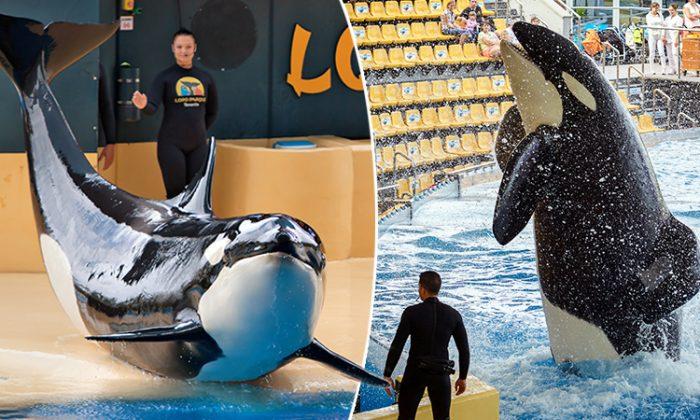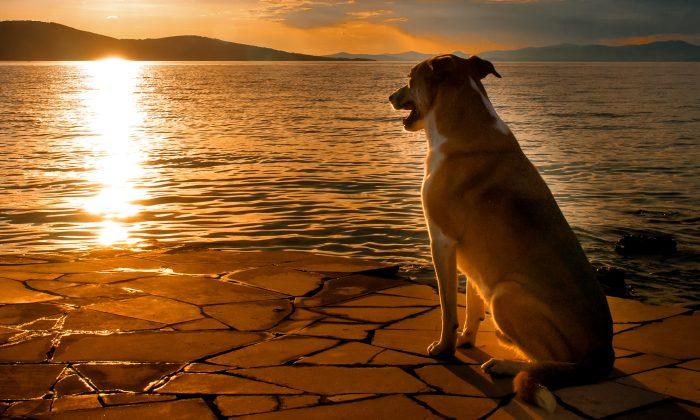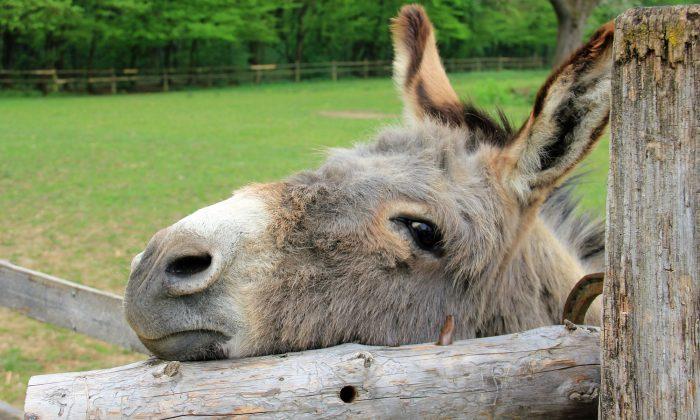Orca whales are not meant to live in captivity, to put it plainly, and suffer tremendously in confinement. In their natural habitat, they can swim up to 100 miles per day, whereas in a theme park, they may, at best, swim and live in tanks only a few hundred feet in length. At worst, they may have practically no mobility whatsoever.
Born in captivity at SeaWorld in San Antonio, Texas, Kayla the orca never had the experience of swimming in the ocean. She died on Jan. 26 at Orlando’s SeaWorld, making her the fourth orca to die at one of the theme parks since 2017. In the wild, female killer whales’ average lifespan is around 50 years of age, though they can live to be 100. Kayla was 30 years old when she died.
“That’s like literally being a 30-year-old woman. Dying at 30 is not normal,” marine mammal scientist Dr. Naomi Rose told the Orlando Sentinel.
Executive vice president Tracy Reiman of the animal rights group People for the Ethical Treatment of Animals (PETA) recently stated:
After being hauled from park to park, performing tricks in chemically treated waters for a reward of dead fish, miscarrying a calf and losing another, and enduring forced artificial insemination, Kayla’s suffering has come to an end. She died well shy of her normal life expectancy, stuck in a tiny tank at SeaWorld. PETA and local members will hold two memorials for her this week, because while we recognize that it’s too late to help her, it’s not too late to call attention to SeaWorld’s other orca prisoners, who must be released into seaside sanctuaries as soon as possible.
Kayla had fallen ill just three days prior to her death despite SeaWorld veterinary staff’s efforts.
“Although animal care specialists and veterinarians devoted around the clock attention to Kayla, she did not survive,” said a SeaWorld spokesperson in a statement.
Yet, the reason for the orca’s fatal illness remains unclear.
At least 49 orcas have died at SeaWorld parks to date, while 20 remain in captivity. SeaWorld Parks & Entertainment have come under extreme pressure from animal rights groups, and in 2016 they ceased their orca-breeding program. The pressure escalated after the release of the critically acclaimed documentary “Blackfish” in 2013, which recounts the story of a captive whale, Tilikum, which was implicated in the deaths of three humans.

©Shutterstock | VIAVAL
Orcas are not known to harm humans in their natural environment, but it is a different story for those in captivity, as dozens of people have been injured. Animal rights groups such as PETA condemned keeping orcas in captivity, and according to some studies, keeping them confined is cruel, as it causes them to become aggressive or suffer from psychological problems. Politicians and celebrities such as Matt Damon, James Cromwell, Willie Nelson, and Harry Styles have voiced strong opposition to the practice—and SeaWorld took a hit, with shares dropping by 50 percent. Although SeaWorld decided to drop its orca-breeding program, its resident orcas are still performing to entertain the public.

©Shutterstock | dmitro2009
It could be decades before SeaWorld parks run out of orcas. More recently, they have been collaborating with the Humane Society of the United States—one of their biggest critics—and plan to utilize the orcas in more educational programs, rather than having them perform like marine circus animals.
“In a culture where so many people are deeply concerned with animals, every corporation with animals at the center of its business model must focus on animal welfare. I think it’s a great move by SeaWorld,” Humane Society CEO Wayne Pacelle told USAToday in 2016. Yet, it is unclear what form these educational, natural encounters will take.
Currently, killer whales in the wild face other threats from humans; recently, more than 100 whales have been spotted by drones near the port city of Nakhodka, Russia, confined in underwater cages. It is believed that their final destination is theme parks in China, where they will fetch huge money. Conservation prosecutors are investigating the legalities of the whales’ internment in these underwater cells. With at least 60 theme parks already in China, and many more in the making, the world has reason to be concerned about our marine friends.




